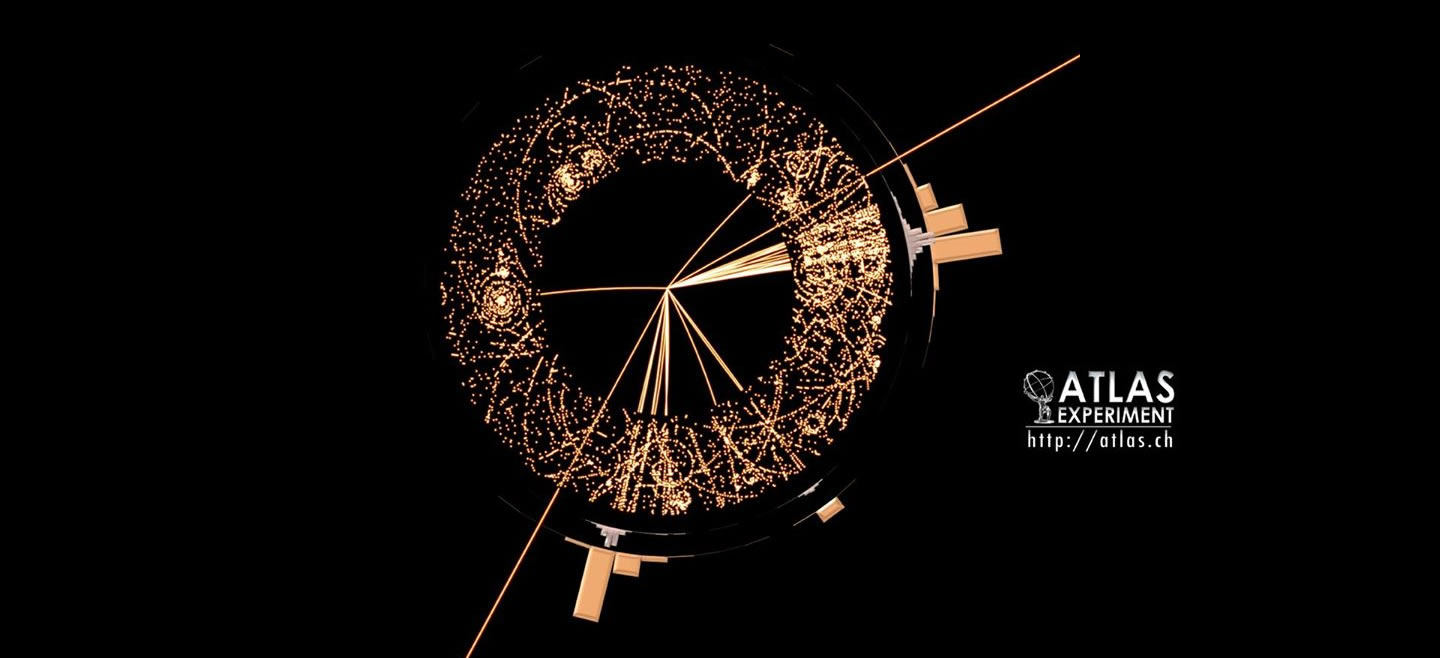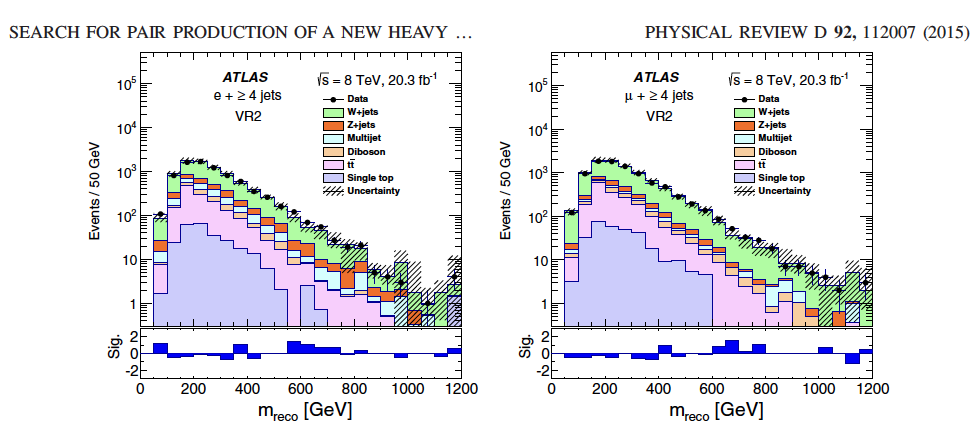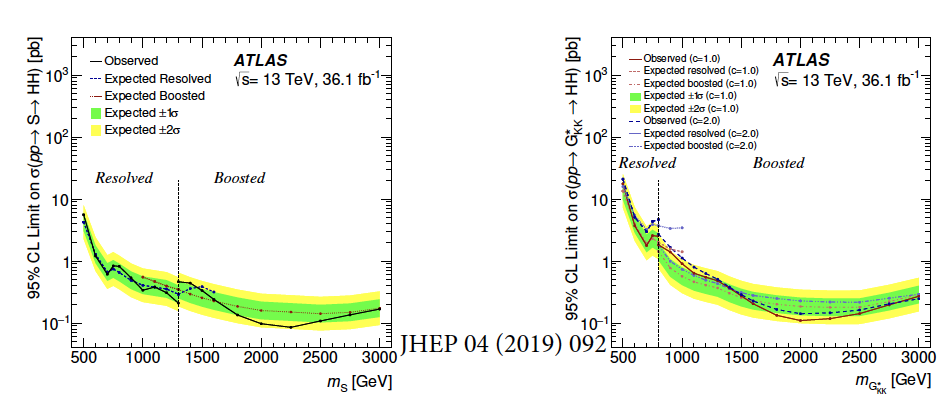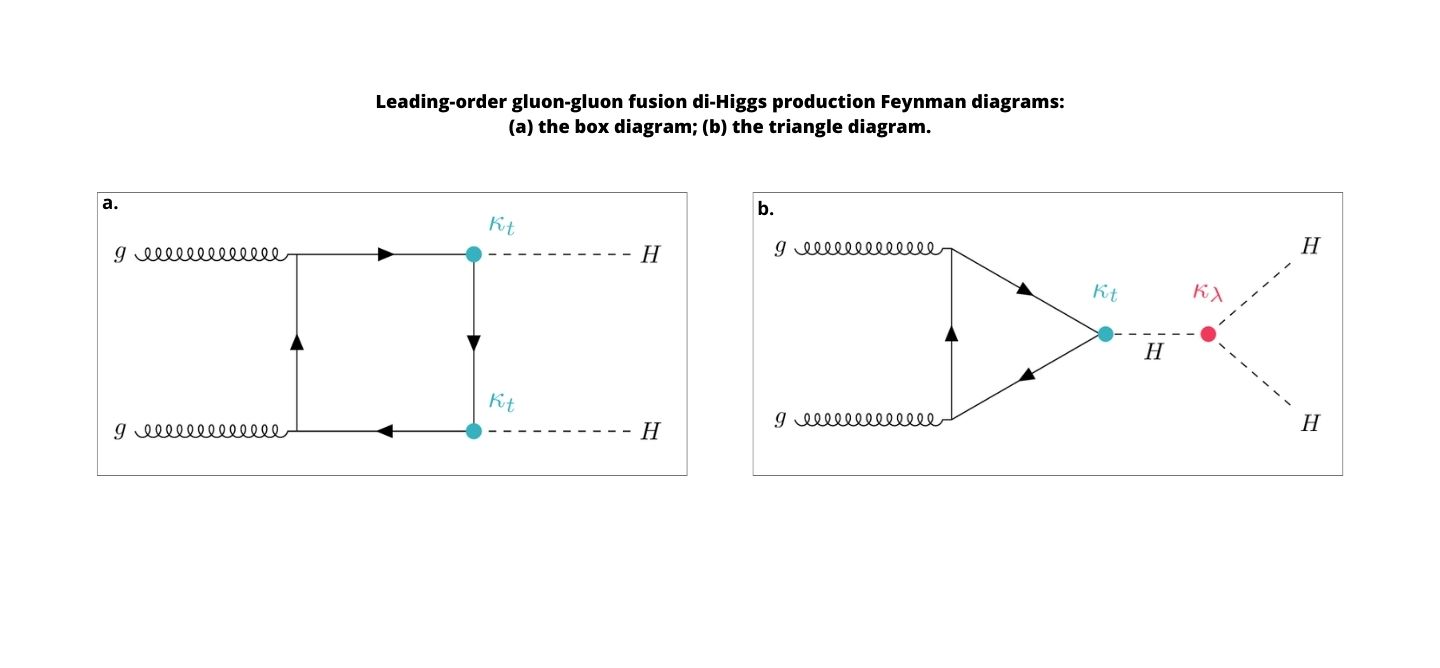Physics Analysis
In the last 100 years scientists have understood a lot about the fundamental constituents of matter and their interaction. An active collaboration between theorists and experimentalists has consolidated our understanding into a framework that came to be called the Standard Model (SM) of Particle Physics. The SM has been incredibly successful with all of its predictions validated by experimental observations.
The discovery of the Higgs boson in 2012 by the ATLAS and the CMS experiments at CERN's Large Hadron Collider was a triumph of the SM. However, the SM cannot be the final theory of nature because many observed phenomena, such as dark matter, dark energy, matter-antimatter asymmetry, etc. are not explained by the SM. New theories have been proposed to address the shortcomings of the SM, but no evidence for them has been found yet. In this context, the Higgs boson, being the most recent and unique particle, provides an unprecedented opportunity to test the SM, to see when and if the laws of particle physics break down, and to probe new laws of physics.
The Higgs boson is the only elementary particle that can establish if nature allows particles to interact with themselves. This is one of the most fundamental interactions that elementary particles can have. How does the Higgs boson interact with itself? And is this the only Higgs boson? Both of these most profound questions in physics can be answered by searching for events with pair-produced Higgs boson. In order to achieve this, I have pioneered techniques to analyze proton-proton collision data at the LHC.
In the coming years, we will either find an enhancement of the rate of Higgs pair production compared to SM prediction, which will be a tell-tale sign of new laws of physics, or else we will set the world's most stringent constraints on what the new laws of physics should be. In the process, I will develop tools that will find broader use in particle & medical physics, and other areas of big data analysis. I will continue to, as I have been doing, engage and train undergraduate students with well-defined, self-contained projects within a large collaboration.
P.S.: In the past I have also searched for physics beyond the SM such as the vector-like quarks, predicted in the Composite Higgs model.



